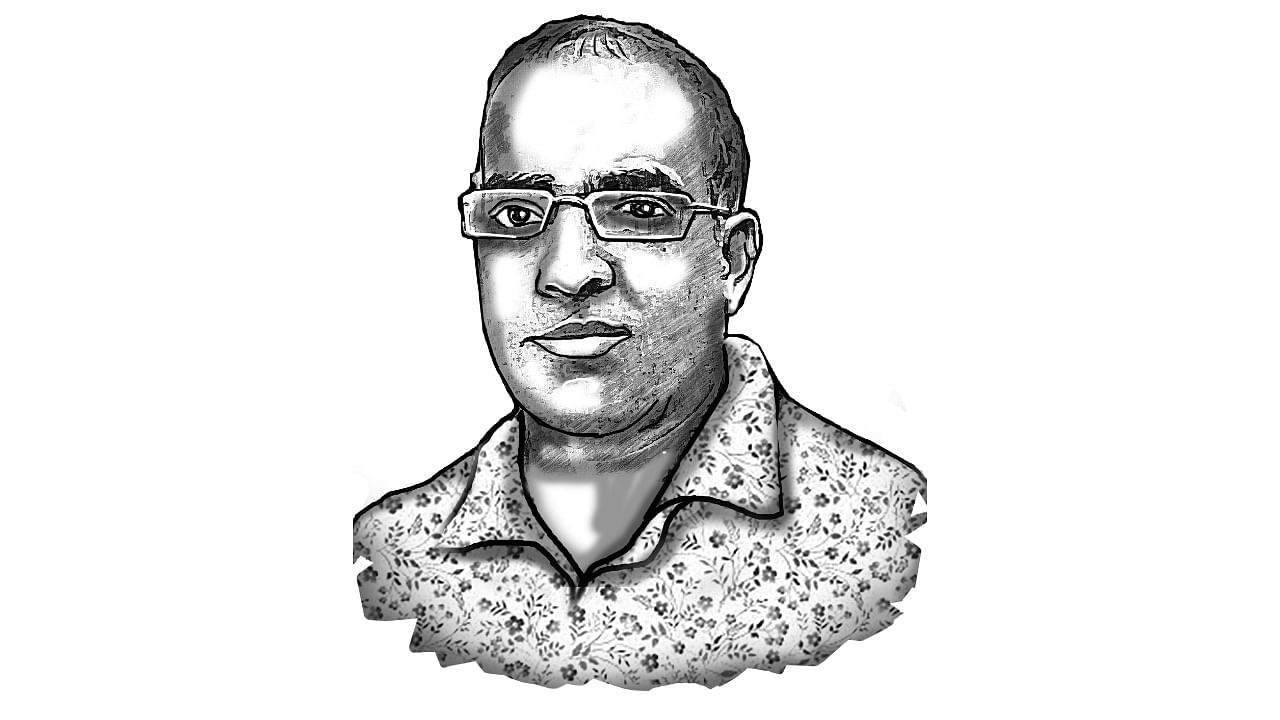
Ashwin Mahesh A social entrepreneur, founder of Mapunity and LVBL, and co-founder, Lithium, wakes up with hope for the city and society, goes to bed with a sigh.
X: @ashwinmahesh
Have you ever walked up to a ladder and tried to get on the fifth rung directly because the first four are missing? Of course not. It’s nearly impossible and probably quite risky for anyone other than a trapeze artist. The correct, practical and proven way to do it is to start at the first or the second rung, and then steadily plant one’s feet on to each successive height.
Our lives are full of analogies to ladders. Children go to primary school first, not to college directly. Even as adults, when we wish to learn something new, we start with the basics. We work our way up our careers and businesses. If we give an allowance to our children as they grow older, we give them a small amount first and then raise it over time, we don’t think they should start as short-sellers on the stock market. If we limit sports training to naturally gifted and rich youngsters alone, we’ll never have a big medals tally at any of those games.
National progress is also like that. We need to invest in good health for all children, in proper schooling for a full 16 years at least, and teach them skills to be self-reliant and productive. We must nourish innovation and creativity, and facilitate savings and asset-building during the working lives of adults. We must build a justice system that is accessible, consistent and efficient. These and many other such things are the rungs of the development ladder.
Our narrative about the development of the country, however, is very different. We hear repeatedly that the road to becoming prosperous and developed has already been built and we will get there in record time. In this imagination, we are already passing several milestones, and others are just around the corner. We are now a bigger economy than most wealthy nations, and will challenge the top spot too. The world’s top universities will be here, India will become the manufacturing hub of the world. And always, very soon.
Instinctively, the public understands what it observes, and can tell the difference between the story and the reality. The life that most people experience is one of low incomes, nil savings, and daily struggles. Breathless news only convinces them that they are being excluded from the gains that are celebrated on TV or in the press. Even the elite know that if we start measuring things in per capita terms, the truth will be much clearer.
If all this is known, why does the false narrative persist? Some of it is merely politicians promising the moon. They’re always turning Bengaluru into the next Singapore within a decade, and they’re comfortable saying this even if it takes them seven years to build an underpass badly. Some of it is insisting that the moon is a star. If more than half the country is getting free rations, we are told that’s not a reflection of their dire condition, it’s a sign of the State’s wealth and generosity. Some of it is cooking the numbers -- if you lower the measure of poverty, more people will suddenly seem to be not poor anymore. On paper.
A lot of it is also rhetoric, and it comes in two forms. One is to dismiss the data -- per capita income, absolute growth instead of percentages, global rankings in educational excellence, freedom of the press, human rights measures, etc., as not appropriate for India; these are foreign concepts applied incorrectly in our context and we should disregard them. The other is a view of patriotism that discounts most people. “Don’t you want the best for India?” is not the same as “Don’t you want the best for all Indians?”, but many aren’t making this distinction.
All this is a kind of wilful blindness. When we re-open our eyes, the reality we have shut out is bound to reappear. We will have to fund every public school like a Kendriya Vidyalaya, we will have to build AIIMS-quality hospitals in every district and provide all care -- from prevention to surgery -- free of cost to everyone, we will have to ensure retirement incomes that are at least a third of people’s last wages, we will have to strengthen local government.
These are the first few rungs of the nation’s ladder of development, and it is only by climbing these steps that we’ll get to the higher ones. And we have to fix our gaze on these despite the constant drumbeat that lures our attention away from them.